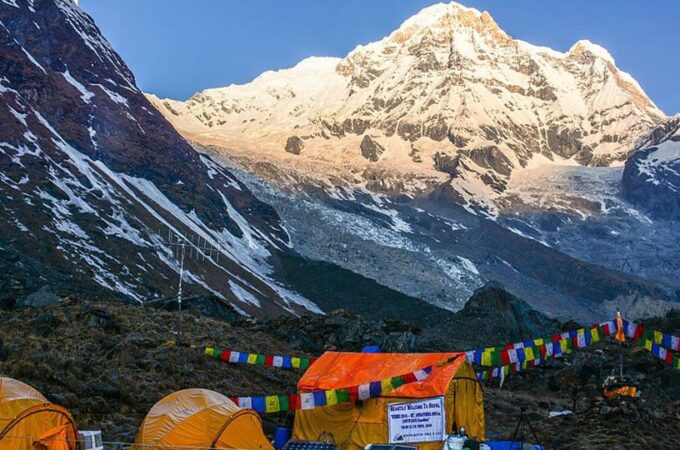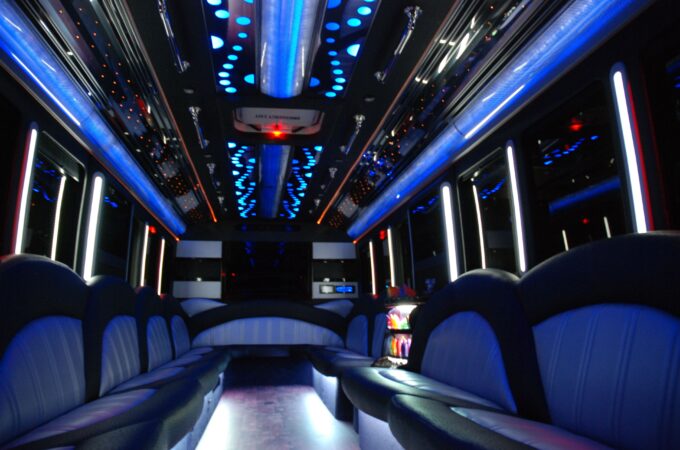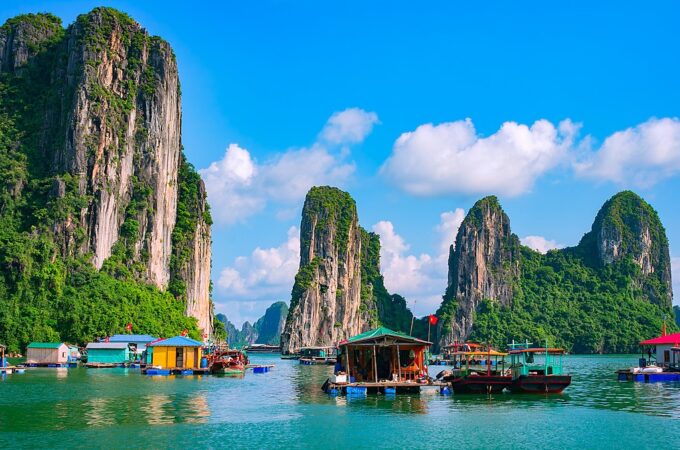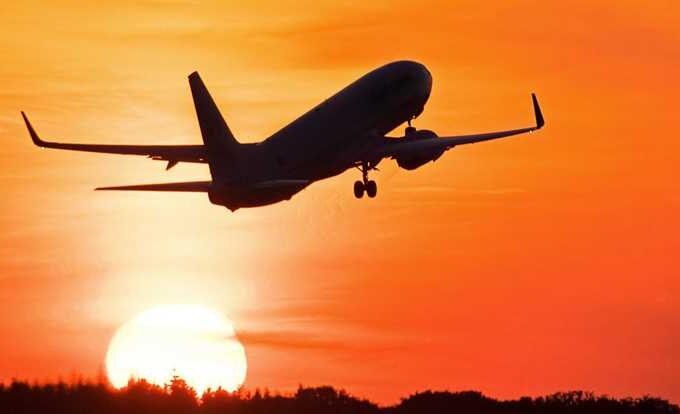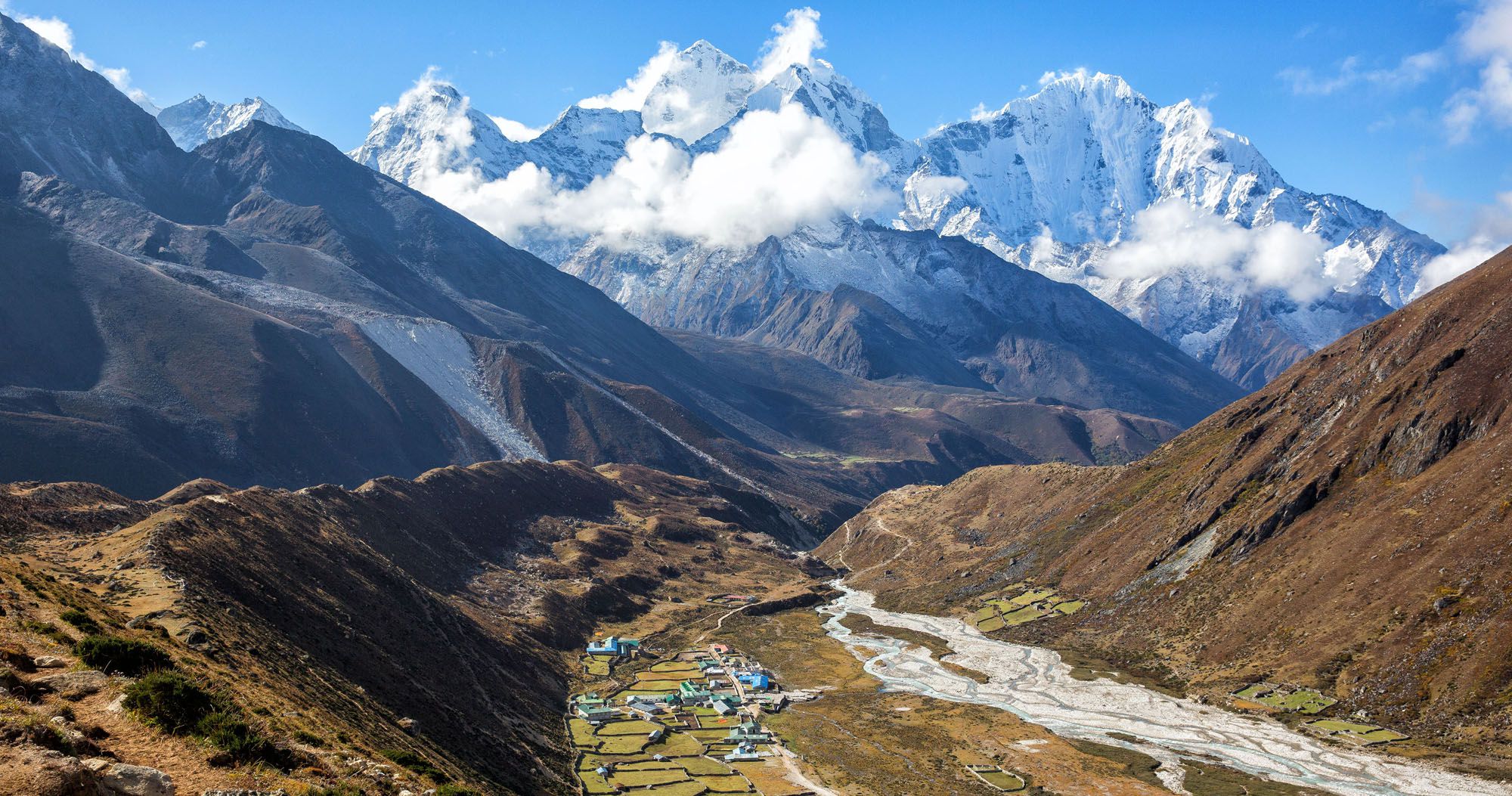
Everest Base Camp Trek
The price for an Everest Base Camp Trek varies considerably, with the most expensive tour packages starting at US$3,895. Customized treks are also possible, and you can tailor your experience to suit your budget and interests. The Explorer’s Passage, for example, offers a variety of options for a personalized Everest Base Camp trek.
Gokyo Lakes Trek
While both Everest Base Camp and Gokyo Lakes Trek are popular destinations, the Everest Base Camp Trek is the most popular. This trek begins in Namche Bazaar and heads west through the Dudh Koshi valley. You will pass through Gokyo Ri and enjoy the quiet trails and varied landscape of the region.
The Everest Base Camp trek is popular among climbers, and the Gokyo Lakes trek is less crowded, but also more challenging. Both treks are organised by tour operators, which take care of all the permits and communal equipment. A well-trained guide will be on hand to guide you. The price of these packages will be between PS1,200 and PS2,500, and include transportation, food, and permit fees.
If you’re going to climb Everest Base Camp, be sure to purchase travel insurance before you leave. This insurance covers medical bills that result from altitude sickness. If you get sick on your trek, you may need to be airlifted up to 6,000 meters, which can be expensive.
Sherpa culture
If you’re planning to embark on the Everest Base Camp Trek, you will experience Sherpa culture. Sherpas are known for their warm hospitality. Often, they will offer you a silk scarf as a greeting, signifying friendship and respect. And they are well known for their tea, made from fresh Yak milk.
The Sherpa people speak Sherpali, a dialect of Tibetan that borrows from many other languages. They also use the Nepali language for communication. However, due to the constant interaction with foreigners, they are also beginning to speak English. In addition, they use the Tibetan script when writing.
Sherpas have a rich heritage. They were originally from Tibet. The Khumbu region of Nepal is home to a large Sherpa community. Although some historians claim that the Sherpa people were expelled from their homeland, others believe that the community migrated along the ancient salt trade routes. Nowadays, hikers will get the chance to learn about the Sherpa culture firsthand.
Permits
Before you can get started with your Everest Base Camp Trek, you will need to obtain the proper permits. These permits are mandatory and can be obtained in Kathmandu or in Lukla before your flight. They are required to enter the Everest region and to enter the Gaurishankar Conservation Area. They are easily available in the respective tourist information centers.
There are two types of permits you will need to purchase for your Everest base camp trek: the Sagarmatha national park permit and the Khumbu Pasang Lhamu municipality entrance permit. The first one can be obtained at a variety of locations, while the second can be obtained at specific areas. You may want to exchange your foreign currency to Nepalese currency before buying your permit, as some checkpoints will not accept other forms of payment.
Hiking to Everest Base Camp
Hiking to Everest Base Camp is an adventurous activity that requires a good level of fitness. It involves a trek that reaches an altitude of over 4000 meters (16404 feet), and altitude sickness is a real possibility. For this reason, it is recommended to take your time and listen to your body’s needs. You can hike to Everest Base Camp alone, or you can hire a guide to assist you. Regardless of whether you go it alone or with a guide, it is crucial to have a good level of experience in hiking.
The first part of the trek will involve a steep incline. You will be rewarded with views of lunar-like landscapes and rhododendron forests. After this, you will make the penultimate push to Everest Base Camp. As you climb, you will notice the Ama Dablam peak, which is the highest peak in the world.
Weather
The weather on the Everest Base Camp trek is often pleasant. From late November to early February, the temperature is typically around 10degC during the day and -12degC at night. This is an ideal time to visit the region for trekking and sightseeing. The landscape is lush and the sun is warm, but winds can make the temperatures feel cold. During this time, the summit of Everest is visible.
During the winter months, the temperature may drop to -17degC and can be quite cold. It is possible to trek to Everest Base Camp in January, but it will be chilly. You may experience morning mist and fog.

